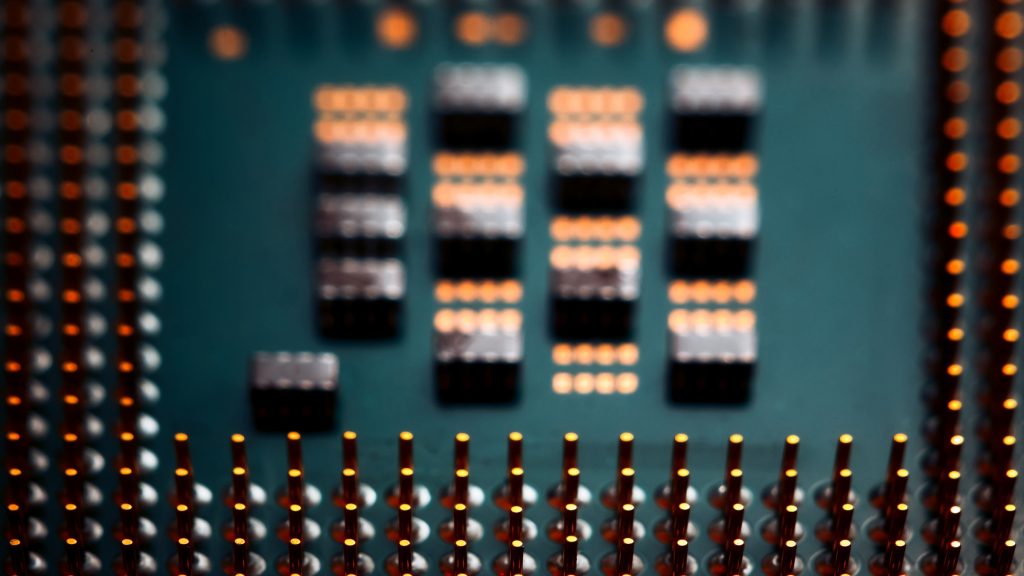Reliability is important. This seems like an incredibly simple phrase, one that goes without saying. As people who live in a society, it’s a cornerstone of our existence. We go to work, raise our children, and live our lives, and our level of reliability affects every aspect of this. Our tools also need to be reliable. Our hammers and nails need to be made of good steel so they can last a long time. Our knives need to be sharp and our walls sturdy. And our electronics, increasingly important in everyday life, need to function properly as well.
Obviously, you’re reading this on an electronic device, or at least it came from one. I wrote it on a laptop, uploaded it to a server, where it got transferred to another server, to be read on your machine. There were many other devices involved in the process, such as routers, modems, and boxes full of wires and silicon that only Google has words for. And at some point in the process, at least some of the components handling the data were counterfeit.
Counterfeit electronic components are any parts whose manufacturer or distributor lied about their origins or quality. They represent a huge amount of the parts that make up our digital devices. This is worrisome enough for the average person who needs a working computer and possibly a mobile phone in order to make a living. It becomes even more terrifying, however, when you consider that counterfeit parts also find their way into vital systems in hospitals, military installments, airplanes, research stations, and more.
Due to a complicated supply chain and the complex nature of electronic components, it can be incredibly difficult to stem the tide of fake parts. In fact, each part has its own components – the average motherboard can contain dozens or hundreds of pieces, and they were all manufactured somewhere and distributed. Even if an electronic component is genuine in the sense that its legitimate producer actually made it, the circuits, capacitors, resistors, and silicon wafers may themselves be counterfeit, and the quality is compromised at the base level.
Another type of counterfeit component that electronics are susceptible to is the used product being sold as a new one. This is a problem not only in consumer electronics but also in aviation and military as well. A salvaged part is sold in place of the new one and problems can arise when reliability is absolutely necessary.
There are also times when the production facility itself is at blame for faulty electronics. Conductors and semiconductors, common components in electronics, must be manufactured under the cleanest conditions, as even the tiniest speck of dust can ruin a vital piece. While many manufacturers keep their facilities spotless, sometimes with air quality over a thousand times cleaner than an operating room in a hospital, other manufacturers have filthy facilities, which compromise the integrity and reliability of the parts. When this happens, important equipment breaks without any recourse but to replace the broken parts with ostensibly new ones from the same source.
In situations like the ones I just detailed, it’s absolutely necessary for operators to be able to rely on their equipment and understand the time limit for each of the components. Unfortunately, with shoddily made parts, or used pieces, or even just components made from substandard materials, there is no guarantee that a device or machine will work as it should. This is terrible, even if it’s just your cell phone or my computer. It’s downright horrifying when it’s your airplane or my defibrillator.
IDLogiq is going to make it easier to track electronic components and make sure the end product is exactly what it should be. In the next few articles about counterfeit electronics, we’ll be talking about how they enter the supply chain, and what various governments and organizations are doing to stem the tide of this menace.


